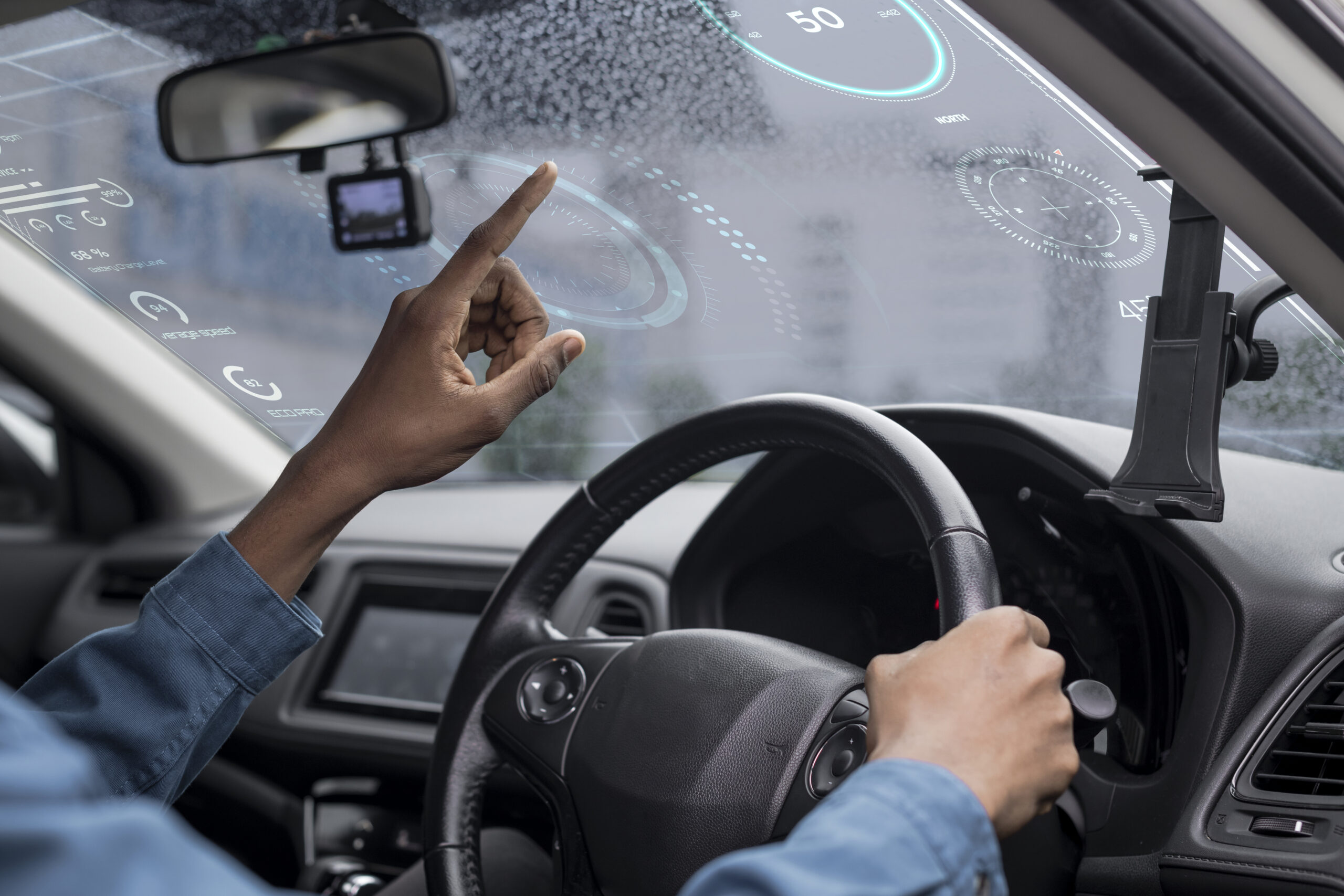In today’s AI-driven landscape, object tracking has emerged as a core technology across industries—from autonomous vehicles and video surveillance to smart retail and industrial automation. But for machine learning models to reliably follow objects through space and time, the foundation must be solid: precise, high-quality annotated data. This is where image annotation services become indispensable.
This article explores how image annotation enhances object tracking capabilities, the role of high-quality data in training vision models, and the latest trends shaping the future of this field. We’ll also touch on how organizations are integrating responsible AI practices and highlight five top companies known for delivering reliable annotation solutions.
Understanding Object Tracking in Computer Vision
Object tracking is a subfield of computer vision focused on identifying and following specific objects—such as pedestrians, vehicles, or products—across a sequence of images or video frames. Unlike static object detection, tracking requires both spatial and temporal continuity. The model must recognize that the same object has moved from one location to another across time, even in cases of occlusion or scale variation.
Accurate object tracking supports a wide range of applications:
- Autonomous navigation: Detect and follow pedestrians, road signs, and other vehicles in real time.
- Retail analytics: Track customer movement patterns to improve store layouts and marketing strategies.
- Security and surveillance: Follow suspicious behaviors across camera networks.
- Manufacturing: Monitor items on conveyor belts for quality control or process optimization.
However, training algorithms to track with precision requires robust datasets annotated with fine-grained labels across multiple frames—a task that’s both complex and labor-intensive.
Why Image Annotation Services Are Critical
At the heart of every reliable tracking algorithm lies a well-annotated dataset. Therefore, image annotation services play a crucial role by providing the necessary structure and accuracy. Specifically, they enable supervised learning models to function effectively by tagging images or video frames with labels that correspond to objects of interest.
Types of annotations commonly used for object tracking include:
- Bounding boxes: The most basic form, useful for enclosing objects in rectangular regions.
- Polygons and masks: Used for more accurate representations, especially with irregular shapes.
- Keypoints: Useful in human pose estimation and motion tracking.
- Track IDs: Unique identifiers that persist across multiple frames to ensure the model learns temporal continuity.
Professional annotation services are particularly important when working with large-scale datasets, edge cases, or domain-specific content (e.g., medical images, aerial surveillance, thermal footage). Inaccurate annotations can significantly degrade model performance, especially when consistency across frames is critical.
High-performing models not only rely on accurate annotations but also benefit from context-aware labeling, where background elements, occlusions, and object interactions are also considered.
Therefore, for businesses looking to implement advanced vision-based systems, investing in quality image annotation services is not just an operational step—it’s also a strategic one.
Responsible AI Starts with Quality Data
Beyond performance, the quality and integrity of annotated data also touch on larger concerns around AI fairness, bias, and safety. For instance, poor annotation practices can introduce bias into tracking algorithms, especially in multicultural, multi-environment contexts.
Organizations increasingly recognize the importance of evaluating Gen AI models for accuracy, safety, and fairness. As tracking systems become embedded in real-world decision-making, the margin for error narrows—making the source data and annotation pipeline more critical than ever.
For example, incorporating diversity in training datasets, in addition to validating annotations across multiple annotators, and ensuring data protection compliance, are some of the key ways ethical annotation services contribute to responsible AI development.
Real-World Use Cases of RLHF in Generative AI
While object tracking largely relies on supervised learning, modern generative systems are beginning to intersect with tracking tasks—especially through Reinforcement Learning from Human Feedback (RLHF). For example, video generation tools may require object continuity across frames or simulations that respond to human-annotated motion cues.
These real-world use cases of RLHF in generative AI are expanding the utility of human-annotated video and image datasets beyond classification and detection, pushing toward dynamic generative applications like synthetic training data, interactive simulations, and augmented reality.
Top 5 Companies Providing Image Annotation Services
Several industry leaders stand out for delivering scalable, high-quality image annotation services tailored for object tracking and other vision tasks:
- Scale AI – Scale AI, renowned for its robust capabilities, offers an end-to-end annotation platform that not only supports LiDAR data but also handles video and sensor fusion tasks with efficiency.
- Labelbox – Offers customizable annotation workflows with AI-assisted tools and workforce options.
- Appen – Combines crowdsourcing with professional annotation for large-scale AI training data.
- Cogito Tech – Specializes in human-in-the-loop annotation with expertise in image, video, and sensor data.
- iMerit – Provides enterprise-grade data annotation services with a focus on ethical and secure labeling.
These companies exemplify the variety of tools and services available, depending on the complexity and scale of your project.
Conclusion
As AI systems become more context-aware and vision-driven, object tracking continues to gain importance across domains. But at the foundation of every successful tracking algorithm is the unseen labor of meticulous data annotation. Investing in expert image annotation services ensures that machine learning models not only perform better but also do so responsibly and ethically.
Whether you’re building a self-driving car, automating a retail floor, or exploring generative simulations, annotated visual data remains the fuel for progress. The future of object tracking depends not just on algorithms—but on the quality, consistency, and fairness of the data we feed them.

